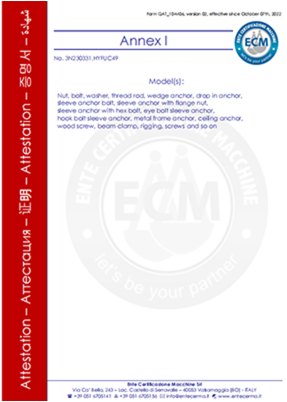aug . 06, 2024 14:51 Back to list
Exploring the Features and Applications of M12 Washers with Various Outer Diameters in Fastening Solutions
Understanding M12 Washers Importance and Specifications of OD (Outer Diameter)
In the realm of mechanical engineering and manufacturing, the smaller components often play a significant role in ensuring the reliability and longevity of assemblies. One such critical component is the washer, and in particular, the M12 washer. The designation “M12” refers to metric screws or bolts with a thread diameter of 12 millimeters. However, beyond just the thread size, the outer diameter (OD) of the washer is crucial for its functional purpose.
What is an M12 Washer?
An M12 washer is a flat disc made of metal, plastic, or other materials that is used in conjunction with an M12 bolt or screw. Its primary function is to distribute the load of the fastener over a larger surface area, reducing the risk of damage to the material it is being fastened to. Additionally, washers can help prevent loosening due to vibrations, protect surfaces from corrosion, and can also provide isolation in certain applications.
Importance of Outer Diameter (OD)
The outer diameter (OD) of a washer is a fundamental specification, determining how well the washer will serve its purpose. Typically, the OD must be sufficiently larger than the diameter of the bolt head or the nut to ensure that weight distribution occurs evenly. For M12 washers, common outer diameters range from about 24mm to 30mm, although this can vary depending on specific requirements or standards.
Having the right OD is essential for several reasons
1. Load Distribution As mentioned, a larger OD distributes the load more effectively. For instance, if the OD of the washer is too small, the concentrated stress could lead to deformation of the material being fastened, potentially leading to failure.
2. Protection A wider OD provides better protection against marring the surface of the materials being joined. When a bolt is tightened, the surface underneath could become scratched or deformed if not adequately protected by the washer.
m12 washer od

3. Stability In applications where vibration is a factor, a larger OD can provide added stability. Washers with inappropriate diameters may not provide sufficient anchoring to prevent loosening, leading to mechanical failures.
4. Compatibility Ensuring that the OD of the washer corresponds well to the components being used is vital. Utilizing mismatched sizes can lead to ineffective fastening, and subsequently, structural failures.
Selecting the Right M12 Washer
When selecting an M12 washer, there are several factors to consider. While the OD is critical, one must also look at
- Material Washers come in various materials such as stainless steel, carbon steel, nylon, and more. The choice of material can depend on environmental conditions, required strength, and corrosion resistance.
- Thickness The thickness of the washer can significantly affect its load-bearing capacity and the potential for flexing under pressure.
- Standard Compliance It’s essential to check that the washer meets relevant industry standards. For example, ISO, DIN, and ANSI provide specifications which could dictate dimensions, material properties, and more.
Conclusion
In conclusion, the M12 washer, specifically concerning its outer diameter (OD), plays a vital role in mechanical assemblies. Proper selection based on OD, material, thickness, and compliance with standards ensures not just efficiency in manufacturing but also longevity and safety in the final product. Engineers and manufacturers must pay close attention to these details to prevent costly repairs and failures in the field, reinforcing the adage that sometimes the smallest components have the most significant impact.


